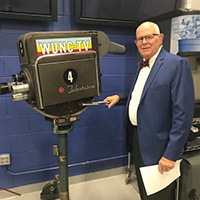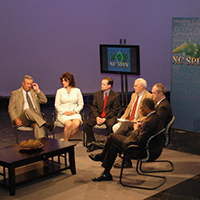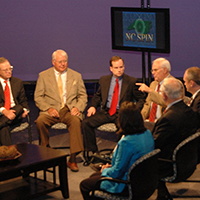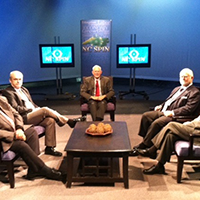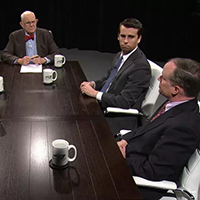For years, the story of “two North Carolinas” has been a popular narrative among politicians hoping to win crossover appeal from voters statewide. But a new listing of the “best and worst run states in America” underscores in brilliant contrast some of the differences we find from Manteo and Murphy.
In the study, a special report from 24/7 Wall Street, we find North Carolina has the eighth-lowest debt per capita ($1,857 per person, on average), but the 12th highest unemployment rate – 8 percent.
North Carolina has been one of the more successful states in attracting new residents – 1.8 percent of the 2013 population has migrated here since 2010. But the state had a median household income last year of $45,906, consideralby lower than the national median of $52,250. And 18 percent of North Carolina residents live in poverty, compared to 15.8 percent nationally.
Those statistics and others lay out the challenge in a nutshell to North Carolina legislators and other state leaders. A first-rate public university system and flourishing industries in research and high technology are the bright points of the state’s economic future. But it also must confront the parts of the state, including Eastern North Carolina, that are slow to find their feet after hundreds of years of livelihoods in farming, textiles, railroads and other manufacturing sectors.
For all of the prosperity we see in metropolitan Raleigh, Charlotte and other cities, there are too many towns east and west still struggling. Until those issues have been addressed, North Carolina will continue to be a state of sharp contrasts.
